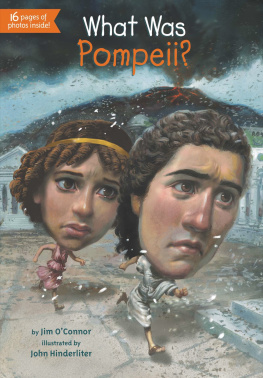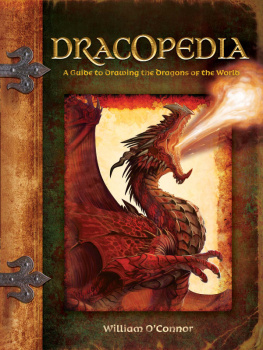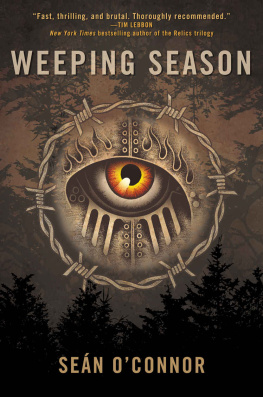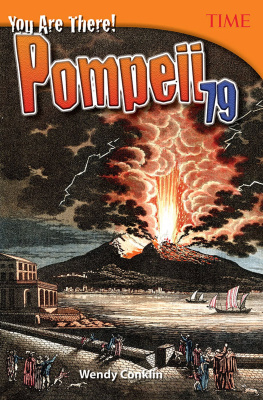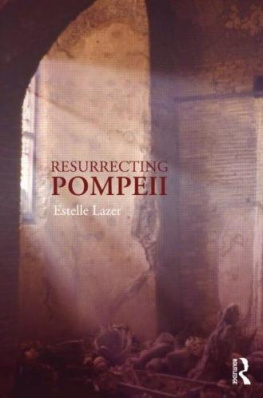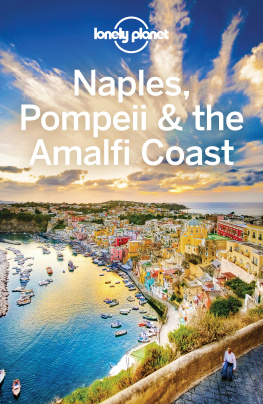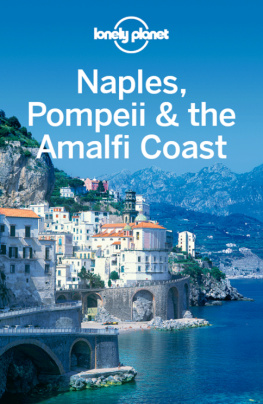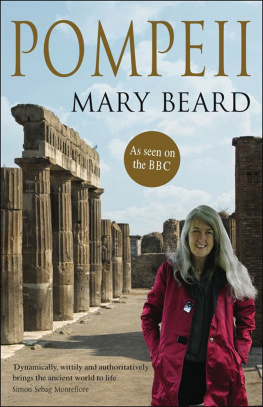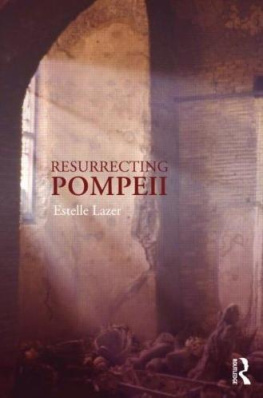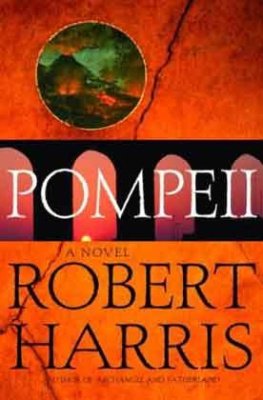OConnor - What Was Pompeii?
Here you can read online OConnor - What Was Pompeii? full text of the book (entire story) in english for free. Download pdf and epub, get meaning, cover and reviews about this ebook. year: 2014, publisher: Penguin Young Readers Group, genre: Detective and thriller. Description of the work, (preface) as well as reviews are available. Best literature library LitArk.com created for fans of good reading and offers a wide selection of genres:
Romance novel
Science fiction
Adventure
Detective
Science
History
Home and family
Prose
Art
Politics
Computer
Non-fiction
Religion
Business
Children
Humor
Choose a favorite category and find really read worthwhile books. Enjoy immersion in the world of imagination, feel the emotions of the characters or learn something new for yourself, make an fascinating discovery.
- Book:What Was Pompeii?
- Author:
- Publisher:Penguin Young Readers Group
- Genre:
- Year:2014
- Rating:4 / 5
- Favourites:Add to favourites
- Your mark:
- 80
- 1
- 2
- 3
- 4
- 5
What Was Pompeii?: summary, description and annotation
We offer to read an annotation, description, summary or preface (depends on what the author of the book "What Was Pompeii?" wrote himself). If you haven't found the necessary information about the book — write in the comments, we will try to find it.
What Was Pompeii? — read online for free the complete book (whole text) full work
Below is the text of the book, divided by pages. System saving the place of the last page read, allows you to conveniently read the book "What Was Pompeii?" online for free, without having to search again every time where you left off. Put a bookmark, and you can go to the page where you finished reading at any time.
Font size:
Interval:
Bookmark:

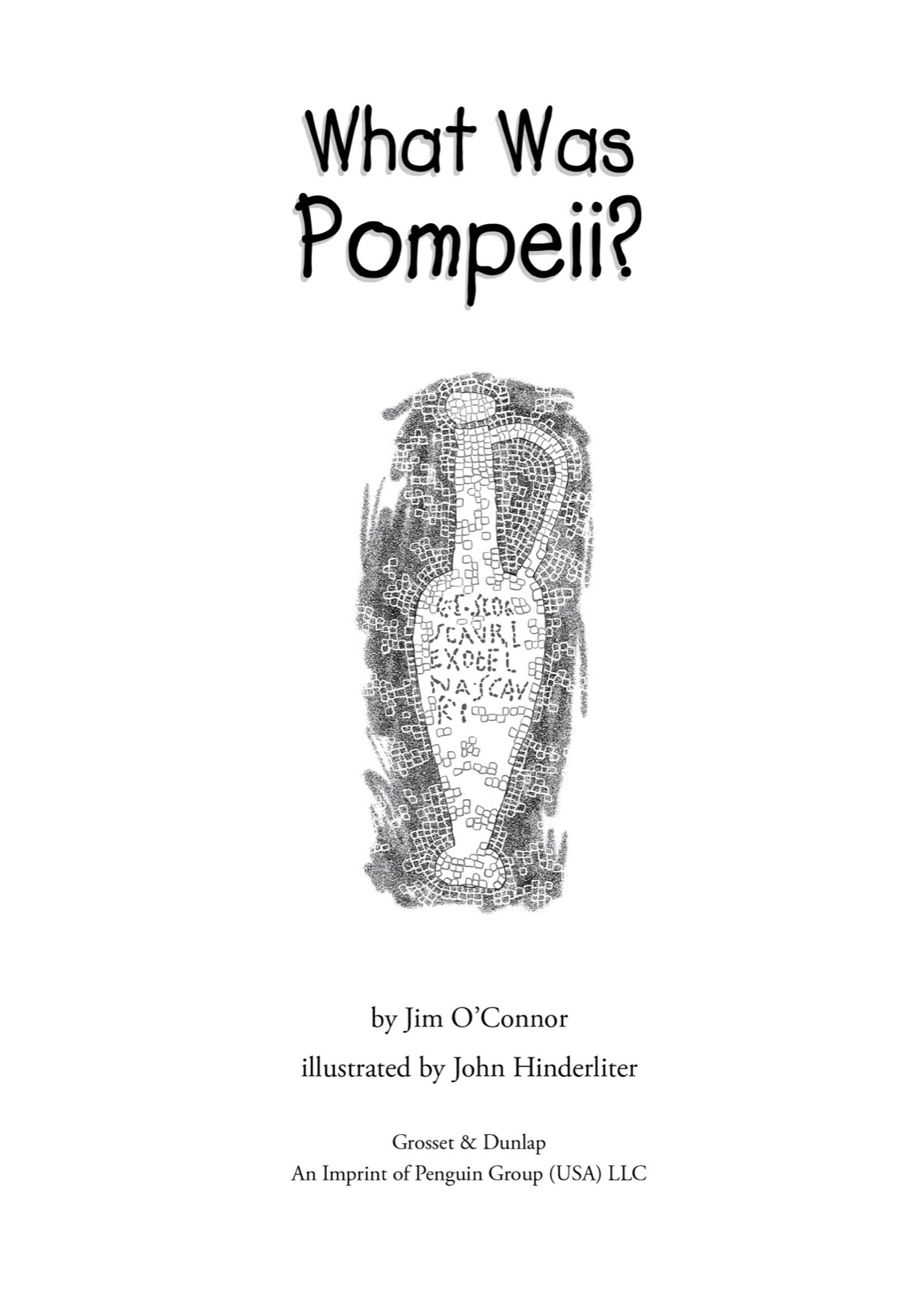
To Pliny, who first told about the eruption of Mount VesuviusJOC
To Dee Dee, thank you for the love and supportJH
GROSSET & DUNLAP
Published by the Penguin Group
Penguin Group (USA) LLC, 375 Hudson Street, New York, New York 10014, USA

USA | Canada | UK | Ireland | Australia | New Zealand | India | South Africa | China
penguin.com
A Penguin Random House Company
If you purchased this book without a cover, you should be aware that this book is stolen property. It was reported as unsold and destroyed to the publisher, and neither the author nor the publisher has received any payment for this stripped book.
Penguin supports copyright. Copyright fuels creativity, encourages diverse voices, promotes free speech, and creates a vibrant culture. Thank you for buying an authorized edition of this book and for complying with copyright laws by not reproducing, scanning, or distributing any part of it in any form without permission. You are supporting writers and allowing Penguin to continue to publish books for every reader.
The publisher does not have any control over and does not assume any responsibility for author or third-party websites or their content.
Text copyright 2014 by Jim OConnor. Illustrations copyright 2014 by John Hinderliter. Cover illustration copyright 2014 by Fred Harper. All rights reserved. Published by Grosset & Dunlap, a division of Penguin Young Readers Group, 345 Hudson Street, New York, New York 10014. GROSSET & DUNLAP is a trademark of Penguin Group (USA) LLC. Printed in the USA.
Library of Congress Cataloging-in-Publication Data is available.
ISBN 978-0-698-16777-3
Version_1
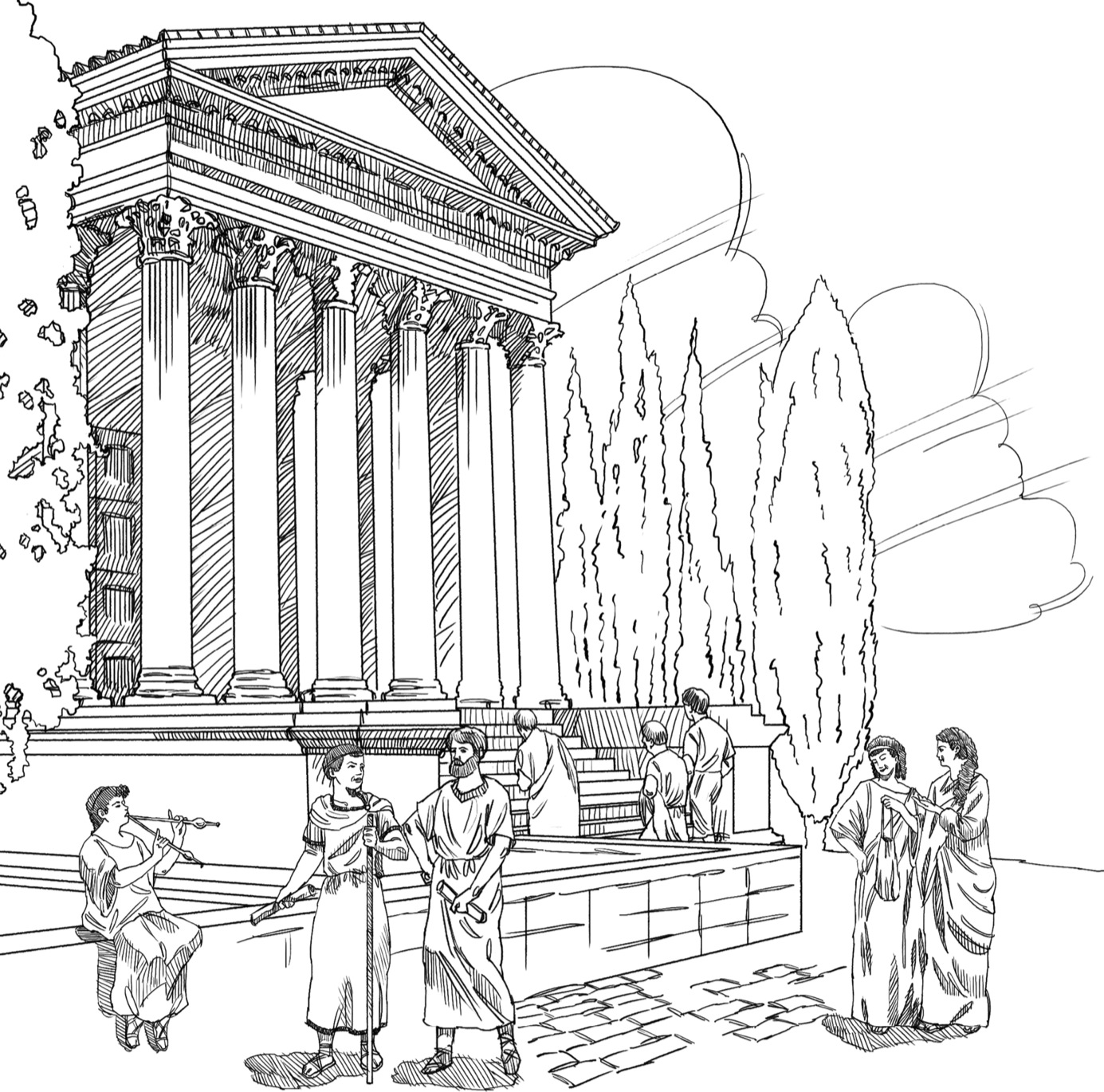
On the morning of August 24, 79 AD, the people in the town of Pompeii went about their normal routines. It seemed like any other day. Shopkeepers opened up their stores. In the center of town, people gathered in the Forum to discuss politics and shop at the outdoor market. Others prayed in one of the many temples to the Roman gods and goddesses.
In other parts of the city, people went to the public baths and played sports. Just outside Pompeii, farmers tended their fields. They grew olives and grapes and tended flocks of sheep. The land around Pompeii was rich and fertile.
A little farther away, five miles from town, stood Vesuvius. Vesuvius looked like a mountain. But it wasnt a mountain. It was a volcano. No one in Pompeii worried about Vesuvius. It hadnt erupted in seven hundred years. However, in the past weeks there had been small earthquakes. People could feel the ground shaking under their feet.
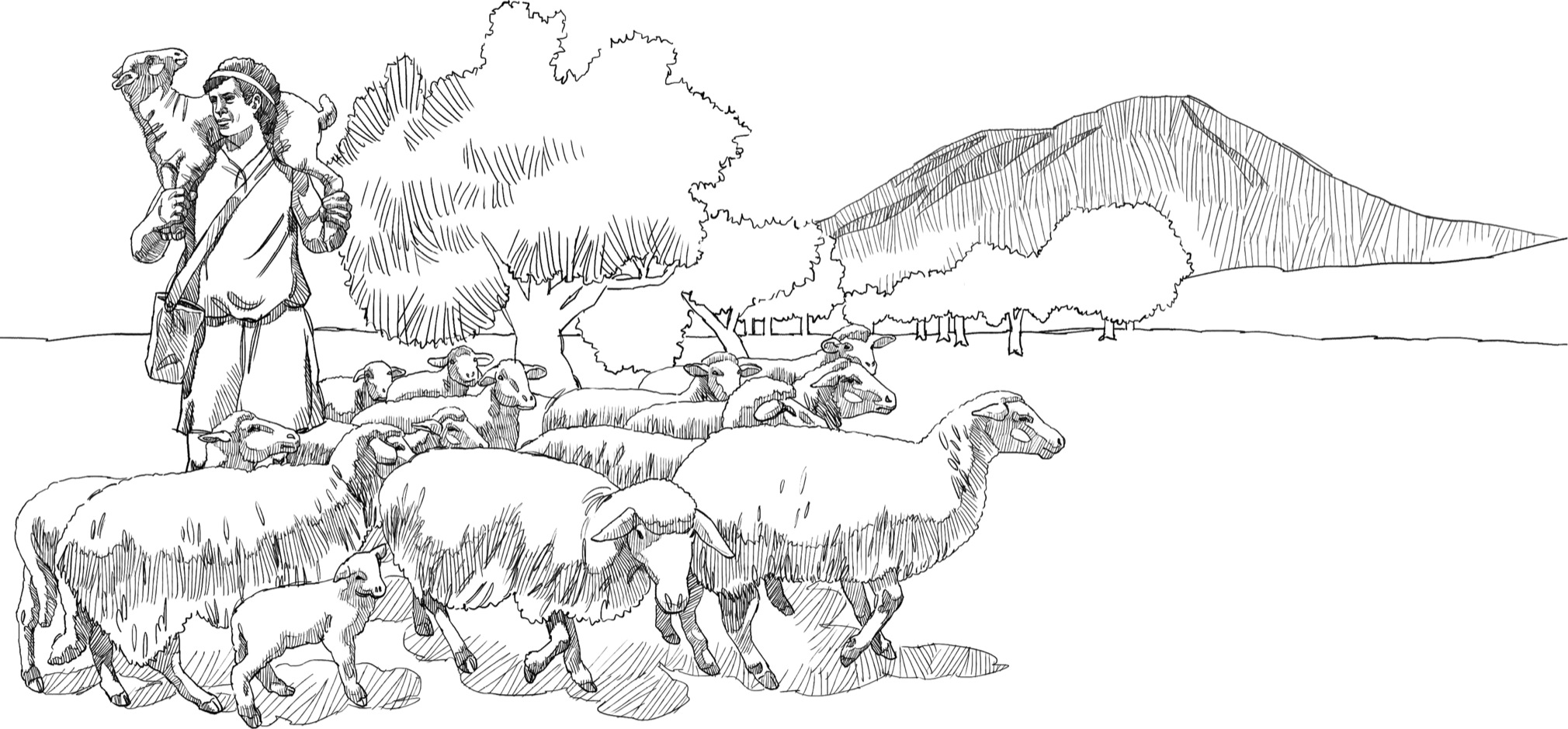
Still, no one in Pompeii expected anything terrible to happen. No one guessed that the earthquakes were a warning sign. Vesuvius was about to erupt. And when it did erupt, early in the afternoon of August 24, it destroyed the entire town of Pompeii. By the end of the following day, Pompeii had disappeared under sixty feet of volcanic ash. It was as if the town had never existed.
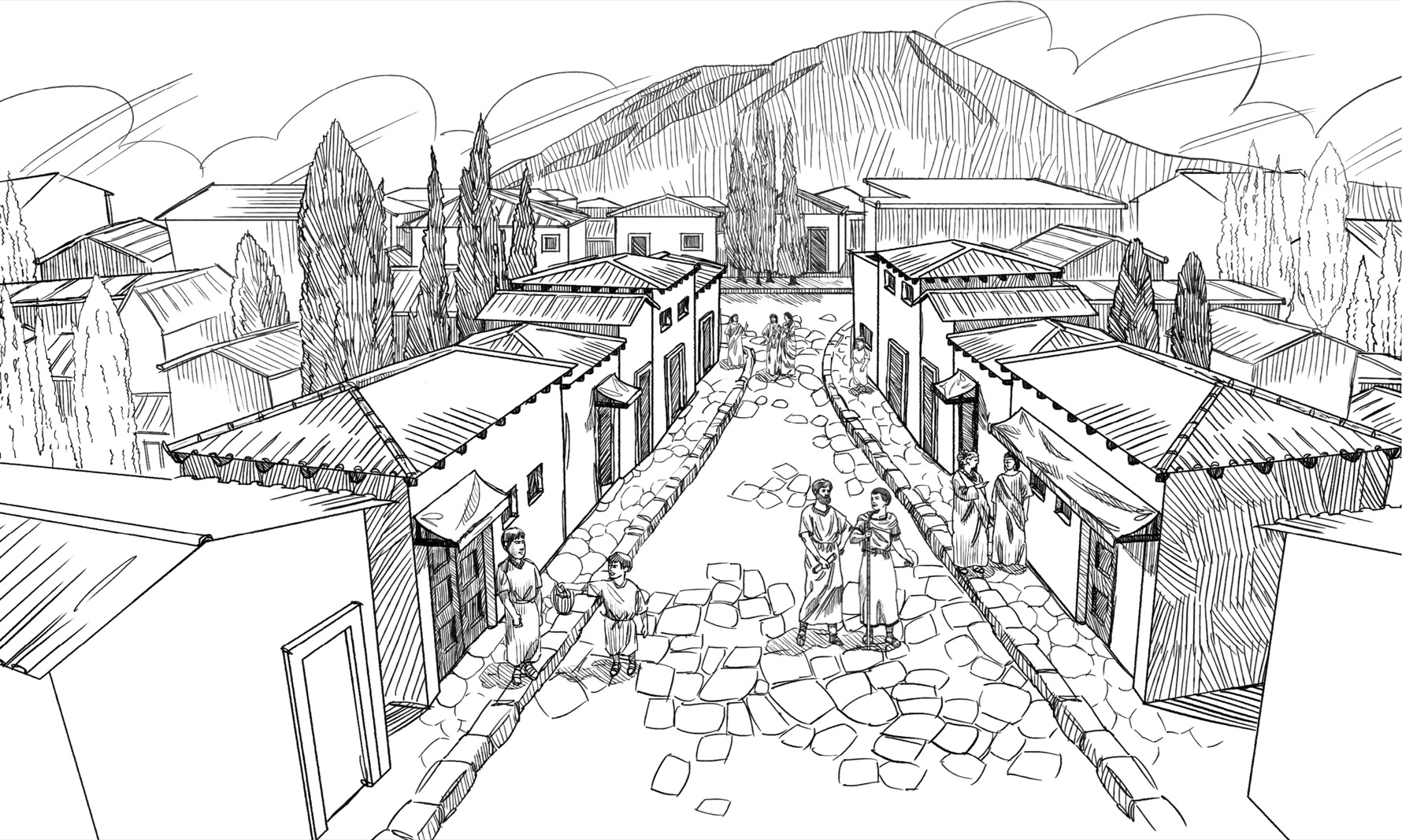
The Roman Empire
Pompeii was a thriving harbor city located at the mouth of the Sarno River on the Bay of Naples, and it was part of the Roman Empire. By the end of the first century AD, the vast Roman Empire stretched from Great Britain through France, Germany, Italy, Greece, east across the Mediterranean Sea into what are now the countries of Iraq, Israel, and Egypt, and down into North Africa. Rome was the center of the empire and the most important city. (Pompeii was 150 miles south of Rome.) A network of paved roads connected many outlying areas to Rome. Roman boats crisscrossed the Mediterranean Sea carrying spices, cloth, wine, olive oil, and other goods to all parts of the empire. The powerful Roman army and navy kept order for the emperor, who ruled with absolute power.
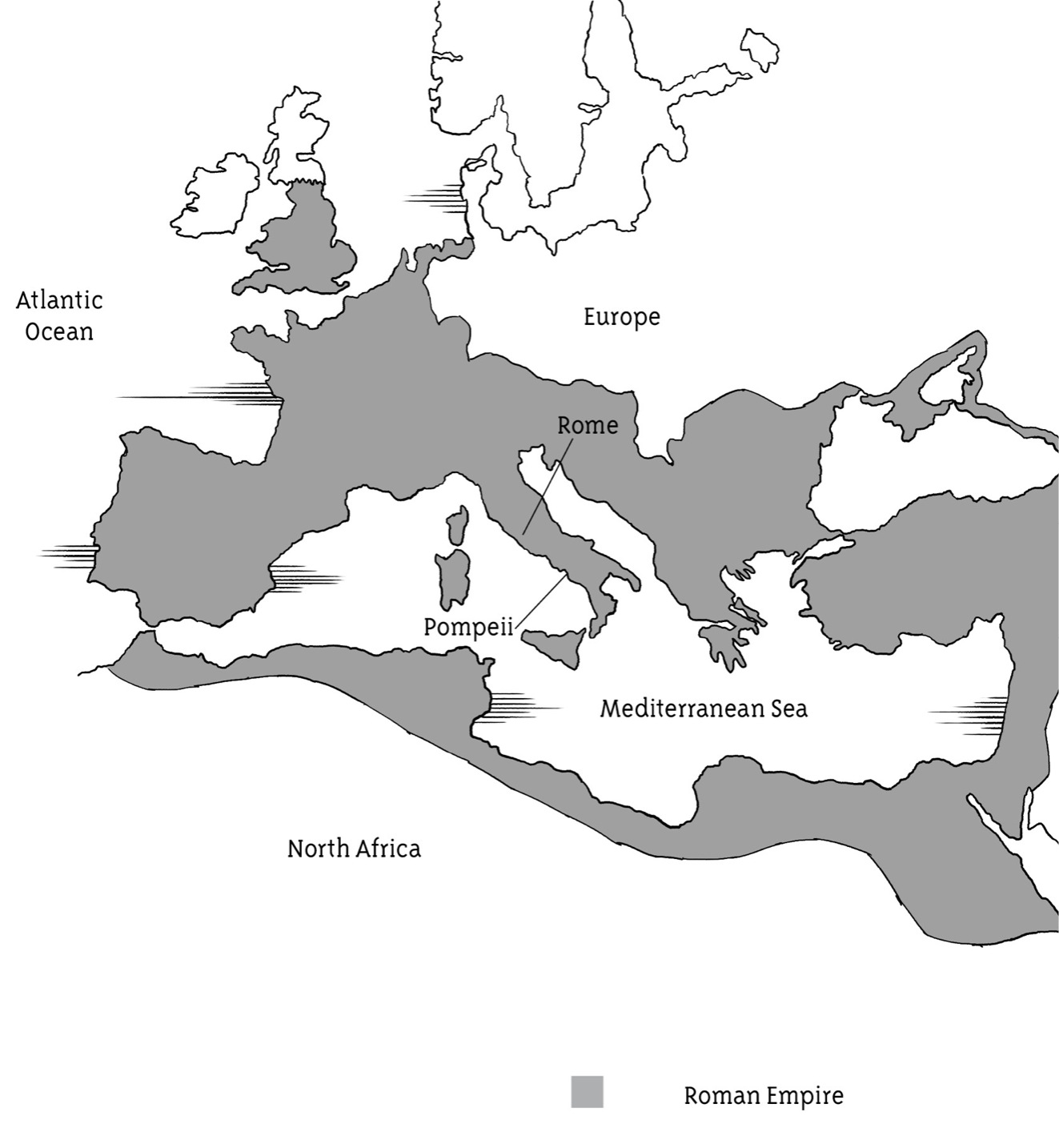
Eyewitness
On that terrible day in 79 AD, a young man watched Vesuvius erupting. He was called Pliny the Younger. (His uncle was known as Pliny the Elder.) Pliny was a safe distance away, in a town just across the Bay of Naples from Pompeii.
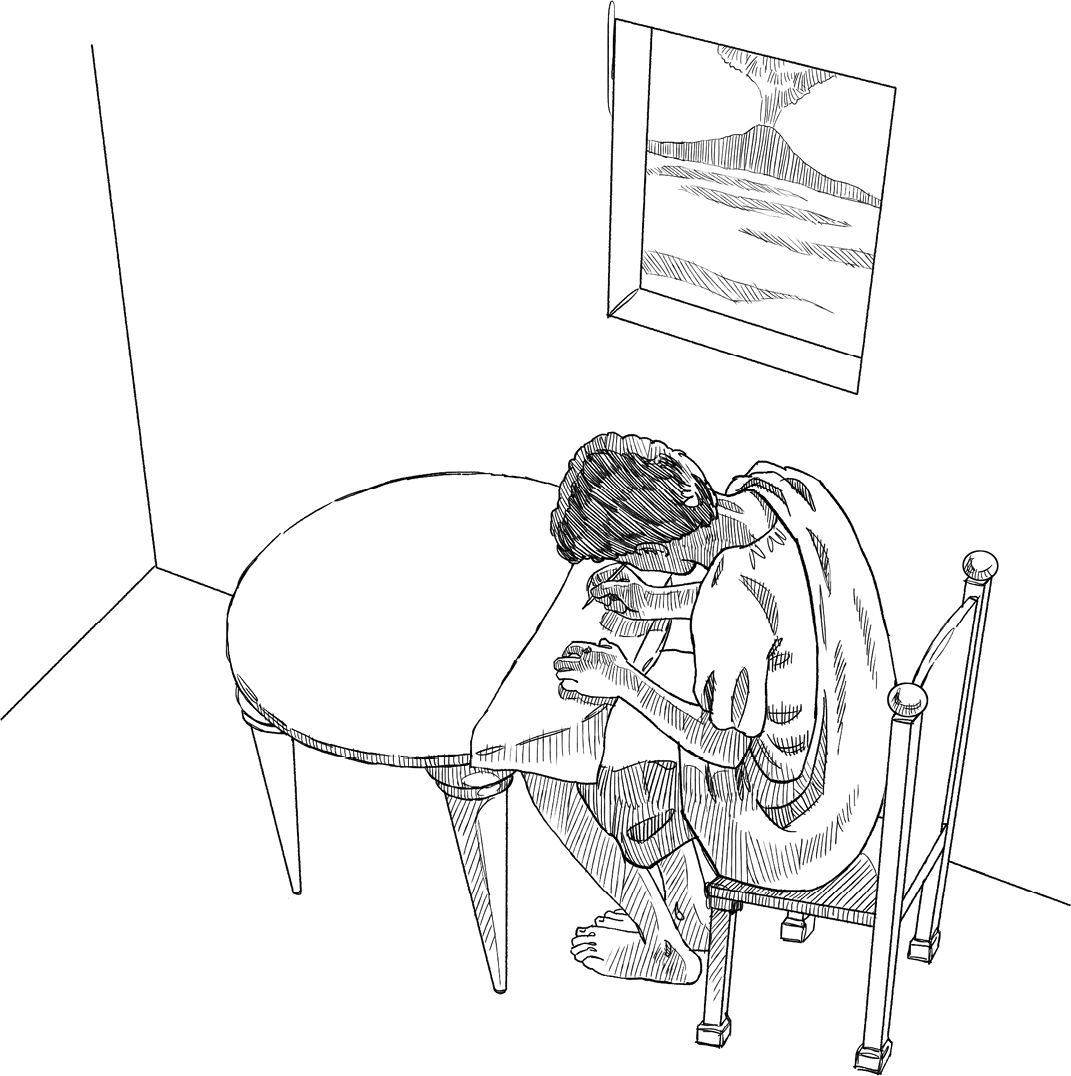
In a couple letters written many years later, he described everything that he saw. What Pliny wrote is the only eyewitness account of the destruction of Pompeii.
... in the early afternoon my mother drew attention to a cloud of unusual size and appearance.... It was not clear at that distance from which mountain the cloud was rising. (It was afterwards known to be Vesuvius.) Its general appearance can best be expressed as being like an umbrella pine, for it rose to a great height on a sort of trunk and then split off into branches.... It spread out and gradually dispersed. In places it looked white, elsewhere blotched and dirty.
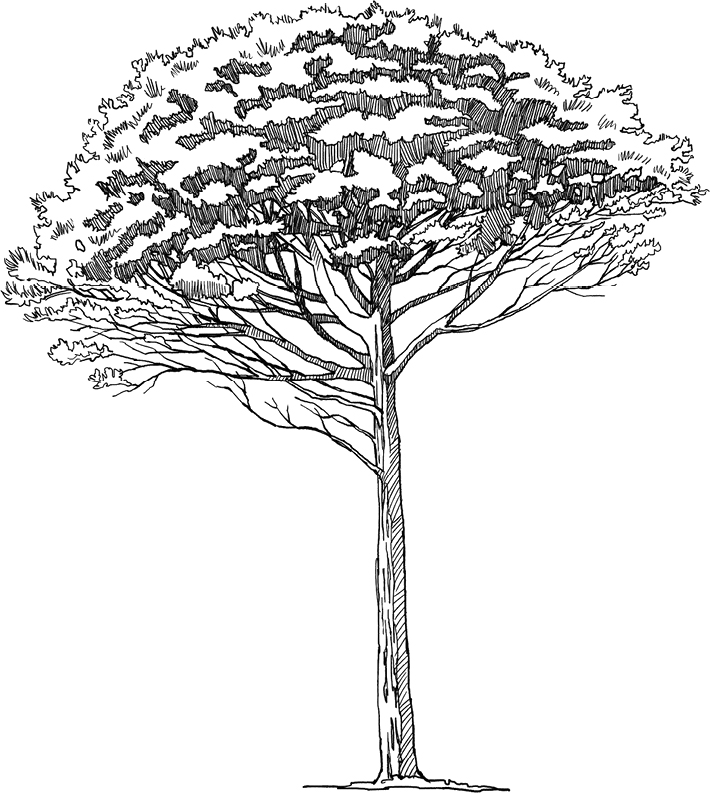
Plinys description is an accurate one. However, he could only see what was happening from afar. He had no way of knowing what effect the eruption had on all the people living in Pompeii. To them, it must have seemed as if they were witnessing the end of the world. When Vesuvius erupted, it shot up a column of dark ash and sharp, lightweight powdery rock called pumice. (You say it like this: puhm-iss.) The column rose about 15,000 feet into the air. (Thats about three miles high.) The winds blew the ash and rocks toward Pompeii, turning the sky pitch-black.
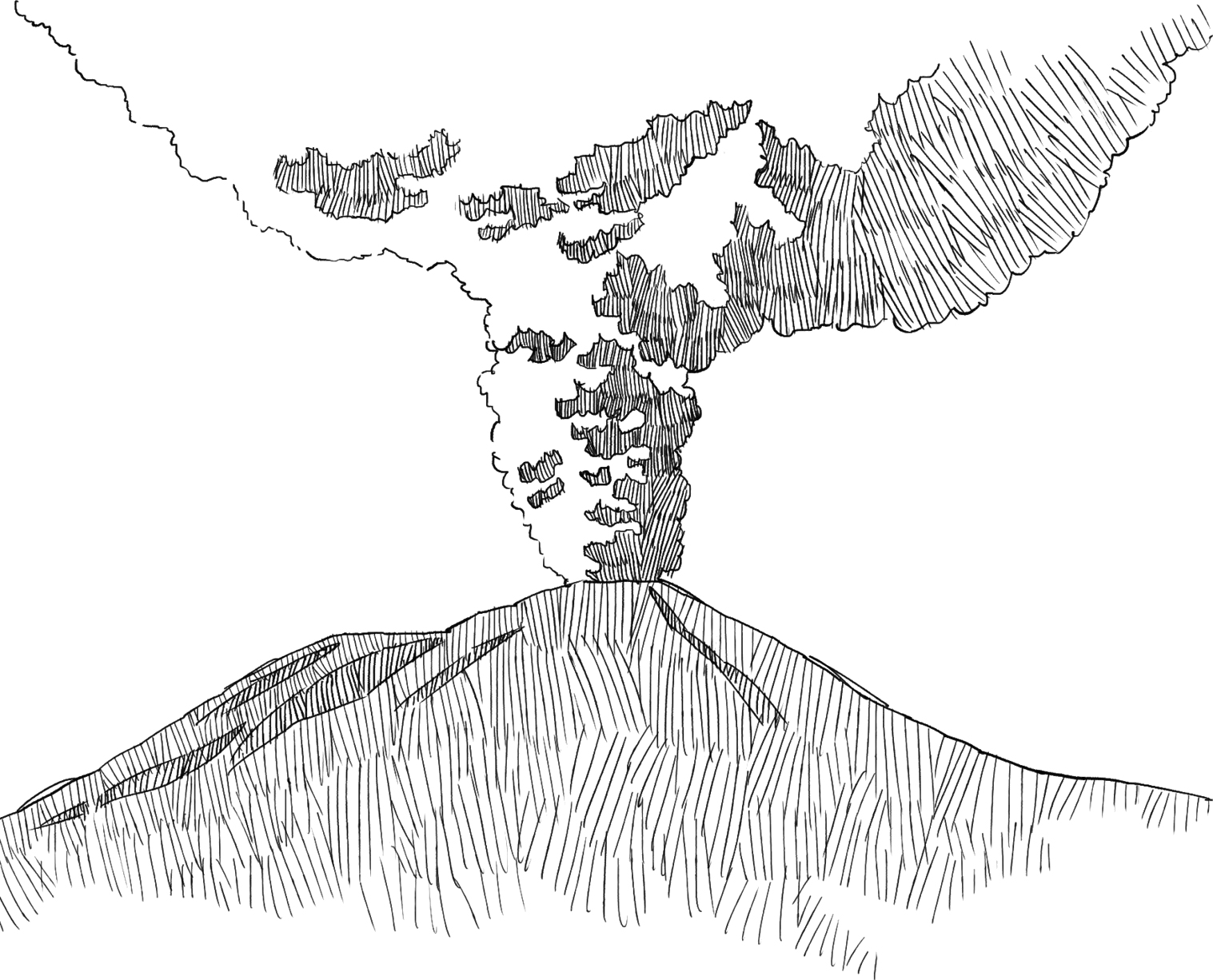
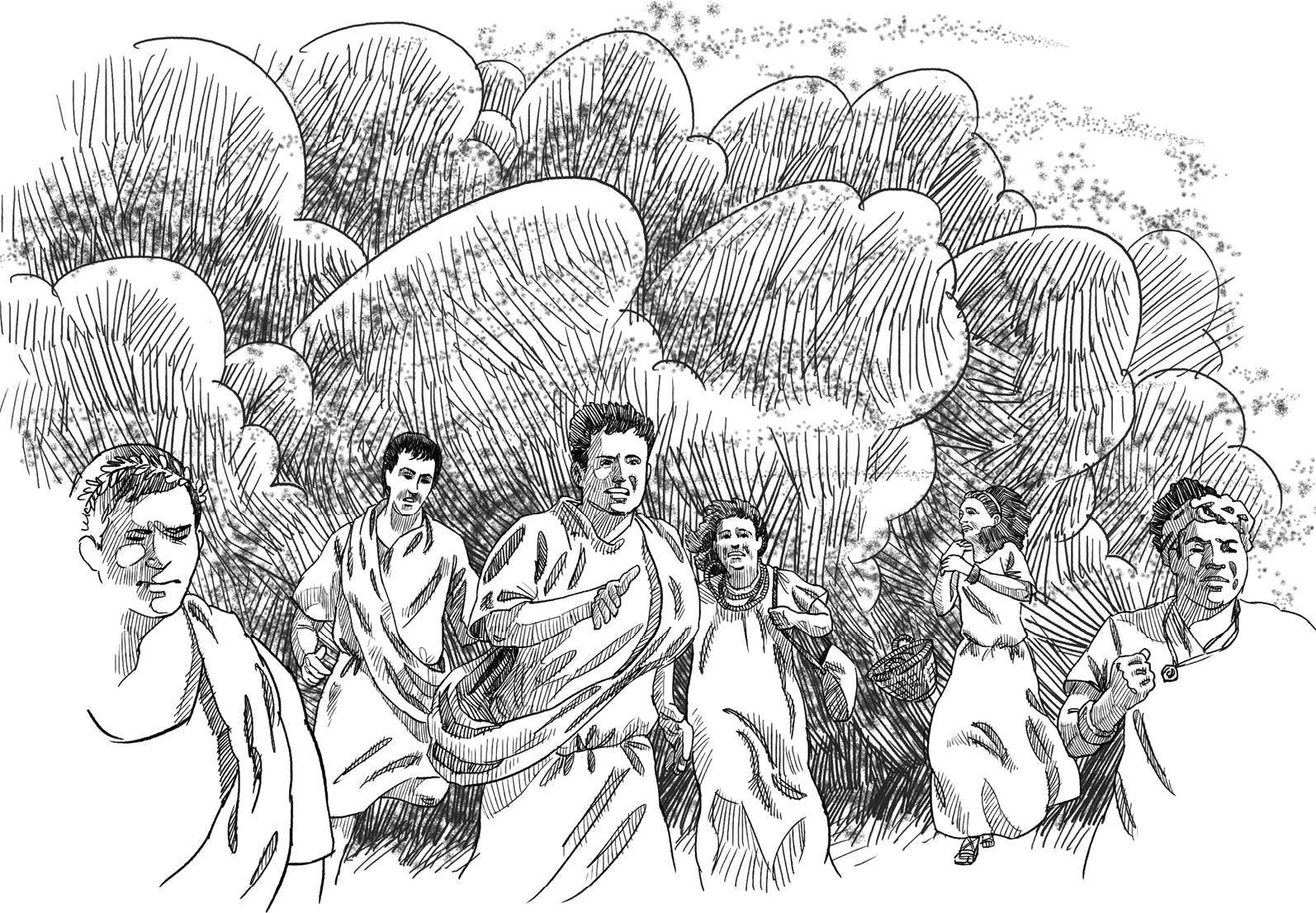
Anyone caught at home had no chance of surviving. They were buried by the falling ash and rocks. Many of those who managed to get past the city gates didnt survive, either. They, too, were caught in the hot downpour and suffocated. Before the eruption, there had been almost 20,000 people living in Pompeii. About 2,000 were killed inside the city. But there is simply no way to know how many others died trying to escape. For eighteen hours the ash and rock kept falling, layer upon layer. It piled up until sixty feet covered the city. Sixty feet! Thats the height of a five-story building! Soon there was no trace of Pompeii.
Font size:
Interval:
Bookmark:
Similar books «What Was Pompeii?»
Look at similar books to What Was Pompeii?. We have selected literature similar in name and meaning in the hope of providing readers with more options to find new, interesting, not yet read works.
Discussion, reviews of the book What Was Pompeii? and just readers' own opinions. Leave your comments, write what you think about the work, its meaning or the main characters. Specify what exactly you liked and what you didn't like, and why you think so.

